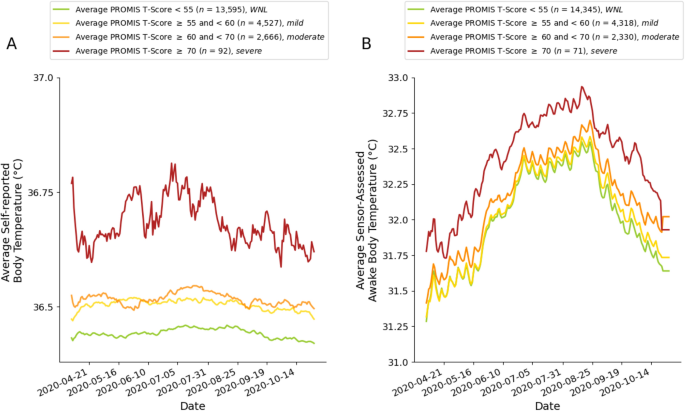2024-02-05 イリノイ大学アーバナ・シャンペーン校
◆彼らは、添加順序やタイミングの変更、混合比率の調整が生産に与える影響も調査し、数学モデルを開発して予測を行いました。結果は、キシロース専門家を先に添加し、後にグルコース専門家を追加すると、エタノール収量が2倍以上に増加することを示しました。
<関連情報>
人工酵母コンソーシアムによる混合糖発酵を調節する組成的・時間的分業 Compositional and temporal division of labor modulates mixed sugar fermentation by an engineered yeast consortium
Jonghyeok Shin,Siqi Liao,Nurzhan Kuanyshev,Yongping Xin,Chanwoo Kim,Ting Lu & Yong-Su Jin
Nature Communications Published:26 January 2024
DOI:https://doi.org/10.1038/s41467-024-45011-w

Abstract
Synthetic microbial communities have emerged as an attractive route for chemical bioprocessing. They are argued to be superior to single strains through microbial division of labor (DOL), but the exact mechanism by which DOL confers advantages remains unclear. Here, we utilize a synthetic Saccharomyces cerevisiae consortium along with mathematical modeling to achieve tunable mixed sugar fermentation to overcome the limitations of single-strain fermentation. The consortium involves two strains with each specializing in glucose or xylose utilization for ethanol production. By controlling initial community composition, DOL allows fine tuning of fermentation dynamics and product generation. By altering inoculation delay, DOL provides additional programmability to parallelly regulate fermentation characteristics and product yield. Mathematical models capture observed experimental findings and further offer guidance for subsequent fermentation optimization. This study demonstrates the functional potential of DOL in bioprocessing and provides insight into the rational design of engineered ecosystems for various applications.


